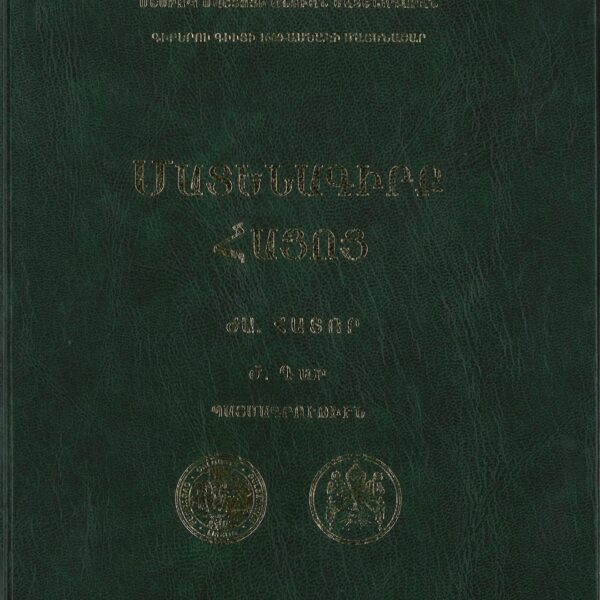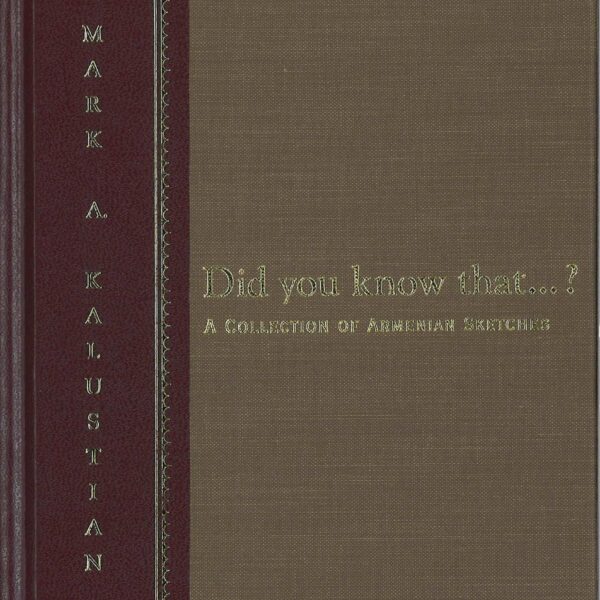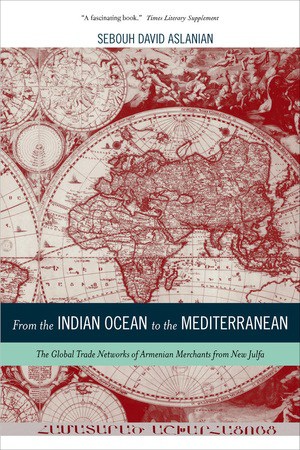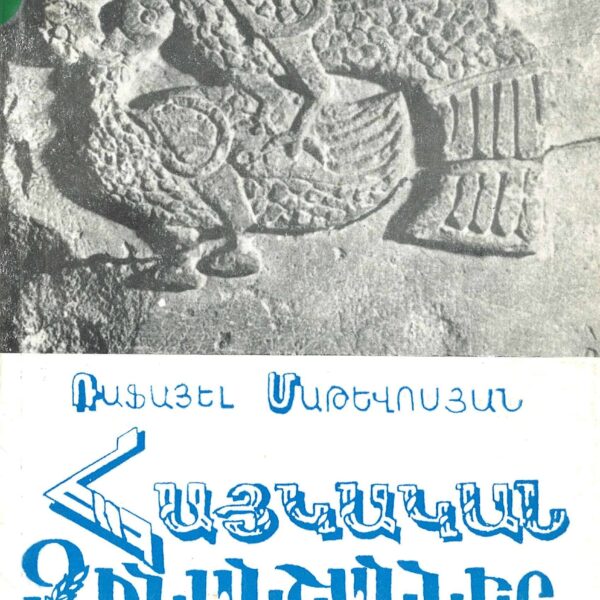The Invention of History – Azerbaijan, Armenia, and the Showcasing of Imagination, Rouben Galichian (hardcover)
$30.00
In stock
In the Middle Ages, (Caucasian) Albania was situated north of the Arax River, near Armenia and Iberia (Georgia). During the eleventh to twelfth century, this Christian country disappeared from the maps and after the Arab invasion and the onslaught of the Seljuks and Mongols, various khanates (Shirwan, Ganja, Karabagh, Talish, and others) appeared in the territory, mainly ruled by the Persians. In 1918, when the regional countries became independent, a new country appeared, called Azerbaijan. Its name was the same as the name of the Persian province of Azerbaijan across the Arax River.
Since the early 1960s, various historians of the newfangled Azerbaijan have been trying to prove that the population of this land are direct descendants of the Christian Albanians, as well as those of the Mongols and Seljuks, which would allow them to claim that the multitude of the Christian monuments extant in the region have Caucasian Albanian and not Armenian origins.
The book tries to uncover the truth behind these claims and related allegations, and prove the reverse. The paradox is difficult to understand: the Azerbaijan authorities, who claim to be the rightful owners of all Christian monuments in the South Caucasus, have been destroying most of the same medieval monuments in the area. Could it be that the targeted monuments are not Albanian but irrefutably Armenian?
| Weight | 1.01 lbs |
|---|
Shipping and handling will be added when the order is placed.











